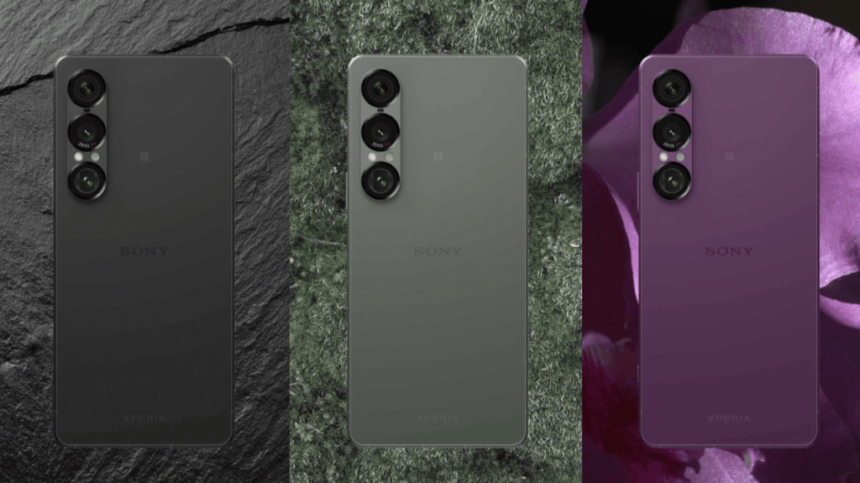Sony’s smartphone division has always been a bit of a puzzle for such a giant tech company. Despite being in the Android market since 2008, Sony has never managed to establish itself as a leading brand, especially in the Western market. In fact, according to Statcounter, Sony lags behind Apple, Samsung, Xiaomi, Oppo, Vivo, Realme, Motorola, Huawei, and Google in terms of global market share.
However, Sony is not ready to throw in the towel just yet. The company has recently unveiled its latest flagship for 2025, the Xperia 1 VII, boasting several upgrades compared to its predecessor, the Xperia 1 VI. While the new AI camera features show promise, overall there seems to be very little to get excited about. Given Sony’s minuscule share of the smartphone market, it might be time for them to reconsider their strategy. Here are four compelling reasons why.
### 1. Lack of Unique Selling Point (USP)
Sony was once known for offering a unique tall 4K screen, setting it apart from the competition. However, with the shift to a more common Full HD+ panel on the Xperia 1 VI and now the Xperia 1 VII, the device no longer stands out in terms of display quality. While the 6.5-inch OLED screen with a 120Hz refresh rate is impressive, it fails to differentiate Sony from its Android rivals who offer similar features at a lower price point.
### 2. Cameras Still Fall Short
Despite Sony’s reputation for producing top-notch camera technology in its Alpha line of mirrorless cameras, the company has struggled to deliver a superior smartphone photography experience. While the hardware is solid, the software processing has been lacking, leading to inconsistent results. The new Xperia 1 VII may have improved in this area, but it is unlikely to compete with the camera prowess of devices like the Xiaomi 15 Ultra, Samsung Galaxy S25 Ultra, and iPhone 16 Pro Max.
### 3. Software Support Concerns
Sony’s Android skin offers a near-stock experience that is intuitive and user-friendly. However, the company falls short when it comes to software updates. The Xperia 1 VII is slated to receive only three major OS updates and four years of security patches, making it outdated and potentially insecure by 2029. In comparison, competitors like Samsung and Google offer seven years of both OS updates and security patches, highlighting Sony’s inadequate commitment to software support.
### 4. The Price
The Xperia 1 VII comes with a hefty price tag of £1,399/€1,499, making it one of the most expensive phones on the market. With several key drawbacks and lack of standout features, the high price point makes it hard to justify investing in the Xperia 1 VII.
In conclusion, while Sony excels in other product categories such as TVs, cameras, audio equipment, and gaming consoles, it may be time for the company to reconsider its smartphone division. By focusing on areas where it has proven success and expertise, Sony can streamline its efforts and deliver exceptional products to consumers. As challenging as it may be, admitting defeat in the smartphone market could be a strategic move for Sony’s future success. For those looking for alternatives, exploring options like the Samsung Galaxy S25 Edge might be more compelling.








